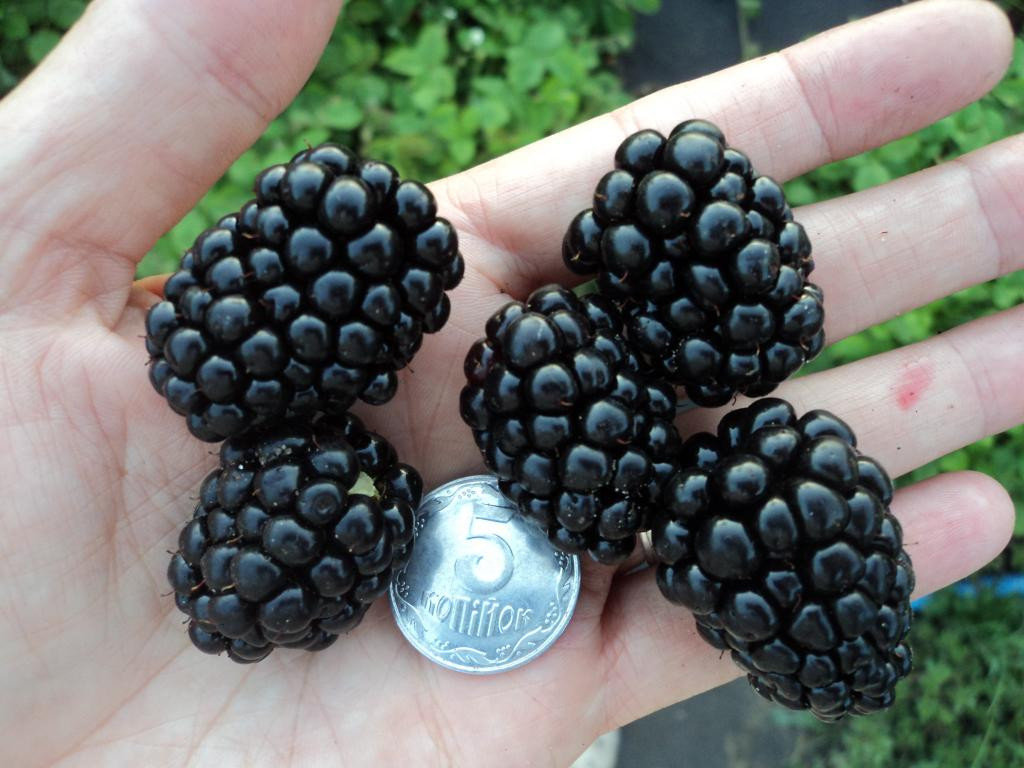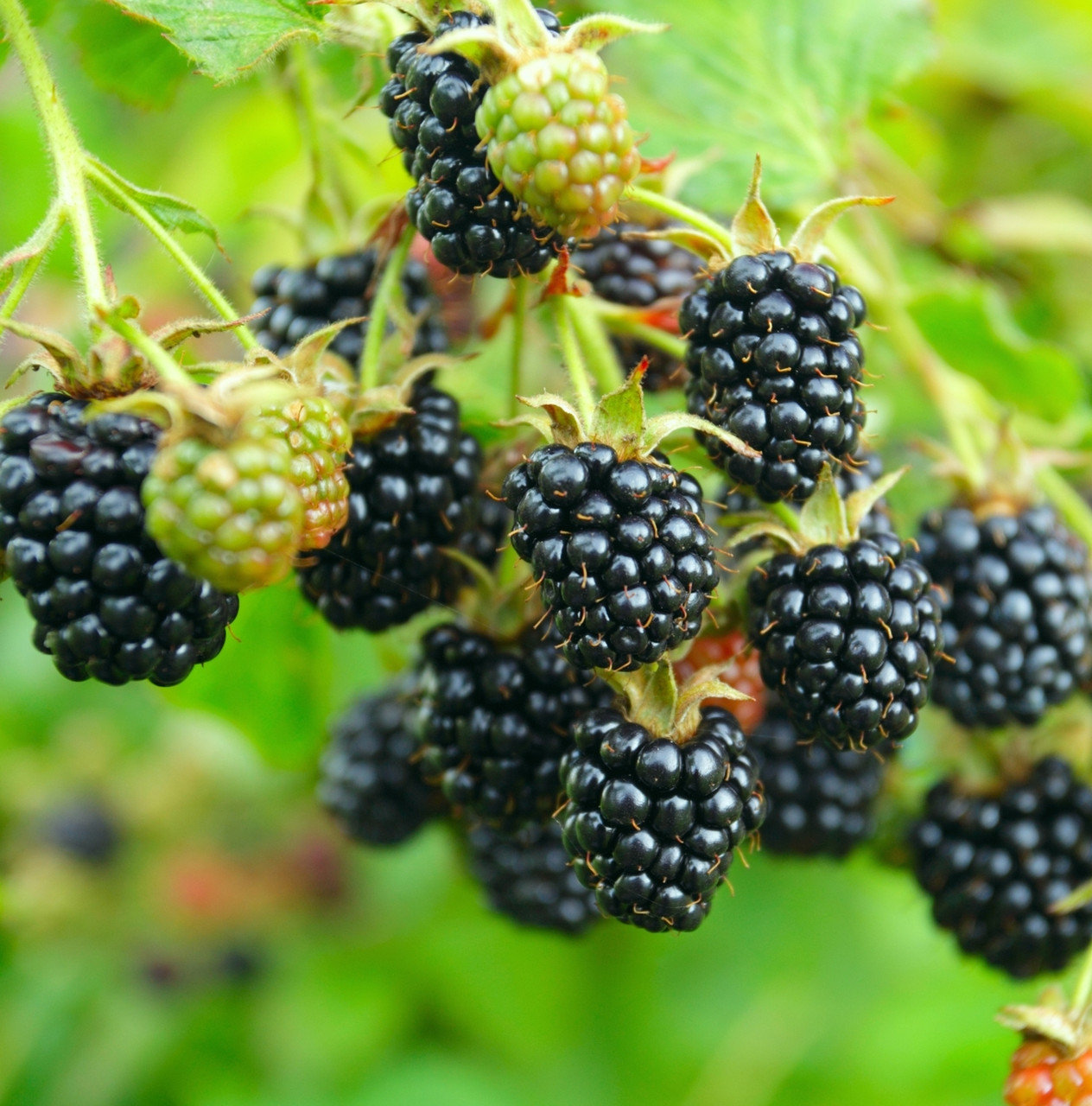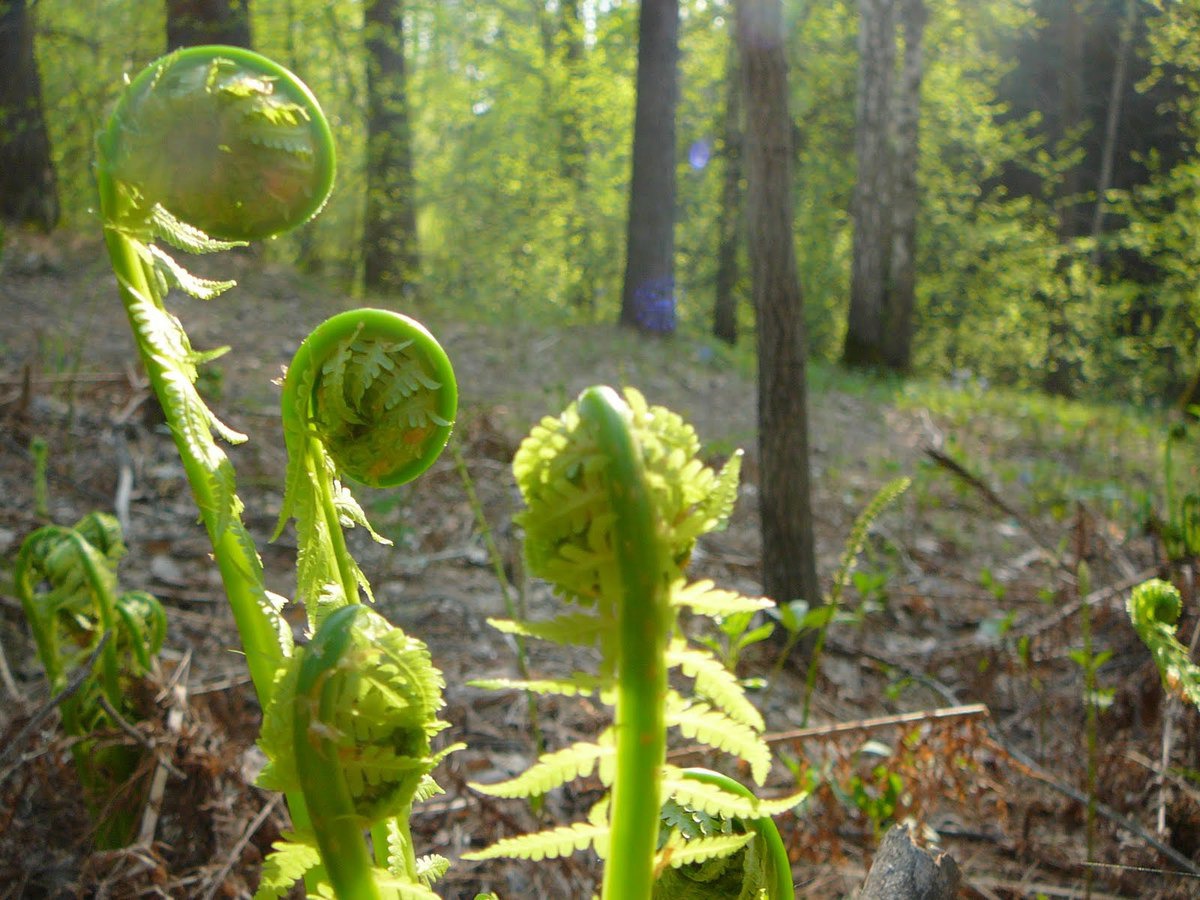Loch Indian is a common herb with many beneficial properties. In the European part, the oak tree has a close relative - a tree with the name "wild olive", or narrow-leaved oak. What properties does this plant have and how to grow it - read the article.
Where is it found?
The homeland of the Indian Loch is the Indian subcontinent. This tree-like shrub was revered in ancient China. The locals considered him a tree, possessing magical properties... It was believed that it has certain magical properties that can give strength and rejuvenate the body. It came to Russia initially from the island of Sakhalin, where it was brought by settlers from Japan. There they planted him around their homes.
Some social media users search for the Chilean goose plant in a search engine, but unfortunately, this variety does not exist.
There are many other members of the sucker family:
- Narrow-leaved... Distribution: southern regions of the Russian Federation, Kazakhstan and the region of Central Asia, the countries of the Caucasus.
- Multi-flowered... Found in Japan and China.
- Silver... Natural habitat eastern regions of North America.
- Barbed... Japan is considered the homeland of this species.
- Umbrella... In its natural environment, it can be found in the eastern part of Asia.
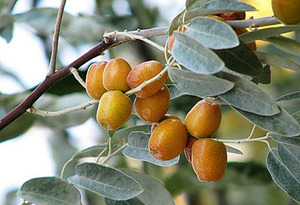 In Kazakhstan, in abandoned areas it is capable of forming thickets - "tugai forests". Its habitats are confined to the steppe and forest-steppe zones; also, the sucker plant prefers river banks. The shrub is undemanding to soils, can grow on saline, poor soils. Heat-loving. Hardly tolerates frosts and severe winters.
In Kazakhstan, in abandoned areas it is capable of forming thickets - "tugai forests". Its habitats are confined to the steppe and forest-steppe zones; also, the sucker plant prefers river banks. The shrub is undemanding to soils, can grow on saline, poor soils. Heat-loving. Hardly tolerates frosts and severe winters.
There are about 40 varieties of representatives of the sucker family. The tree can live up to 60 years and grow up to 10 m.
The deciduous silver oak tree will become a highlight of any garden and bring winter freshness to it:https://flowers.bigbadmole.com/en/sadovye-rasteniya/loh-serebristyy-v-dizayne-sada-foto-opisanie-posadka-i-uhod.html
Botanical description
Loch is a plant that is a short shrub or tree. It has a wide crown, shiny red-brown bark, covered with spines up to 3 cm in length. It is characterized by a powerful root system that penetrates deep into the soil. Leaves are oval or lanceolate, narrowed at the base, with a sharp top, gray-green above and white below. The length of leaf petioles is up to 7 cm.
The flowers are single, small, with a pleasant aroma, rich in nectar, serve as a honey plant. Flowering begins in June and blooms for 15-20 days.
The fruit of the plant is a small sweetish drupe of a spherical or oval shape. Ripens in August - September. Loch is characterized by uneven ripening and full ripening requires a long warm period and after ripening the fruits also fall off unevenly. Fruiting of the tree occurs at the age of 3–6 years.
Gumi or multifloral goose is a shrub with fragrant flowers, tasty and healthy berries, undemanding in care:https://flowers.bigbadmole.com/en/yagody/loh-mnogotsvetkovyiy-gumi-posadka-i-uhod.html
Meaning and application
The wood of this tree is used to make:
- musical instruments and furniture;
- used in traditional medicine;
- in landscape gardening architecture.
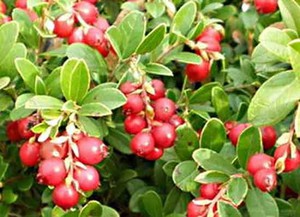 The leaves and bark of the plant contain tannins, and therefore it is used for tanning and dyeing leather and fabric.
The leaves and bark of the plant contain tannins, and therefore it is used for tanning and dyeing leather and fabric.
Loja fruits, reminiscent of dates, are used to make jam and wine. At room temperature, they can be stored throughout the winter. Loch fruits are rich in potassium and phosphorus salts, up to 50% sugars, amino acids and vitamins. They can be consumed both fresh and frozen, used as a decoration for various dessert dishes. Decoctions from the fruits are used as an expectorant for various diseases of the respiratory tract. Tinctures and decoctions from the flowers of Indian sucker are used for scurvy and gum disease, purulent wounds.
The fruits of the plant contain many salts of phosphorus, potassium and organic acids. Therefore, they can be used to improve memory. Also fruit-based preparations have a beneficial effect on the entire heart system.
The sucker plant is planted both in single and group contrasting plantings in parks, alleys. High resistance to city dust and gases makes it possible to use it in the creation of hedges that tolerate a haircut. The silvery color of the leaves looks spectacular in plantings. The presence of a root system deeply penetrating into the soil allows the oak tree to be used in strengthening soils along the banks of various reservoirs. In addition, nodules containing symbiotic nitrogen-fixing bacteria are formed on the roots, so the sucker is able not only to grow, but also to enrich the soil with nitrogen, thus improving them.
The bright fragrant sea buckthorn also belongs to the loch family:https://flowers.bigbadmole.com/en/yagody/oblepiha-botanicheskaya-opisanie-sorta.html
Planting and leaving
Plant propagation is carried out both by seed and vegetative way. However, the cuttings take root only after two years. In this connection, propagation by seeds is recommended.
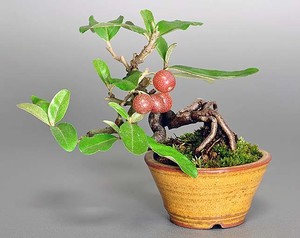 It is preferable to plant the sucker in places protected from the wind, at the beginning of the growing season or at the end of autumn. The distance between planting trees should be about two to three meters. Pre-prepared compost and sand are introduced into the planting pit. Also, double superphosphate, fertilizers containing nitrogen and wood ash are added. In the early days, abundant watering is necessary. In the future, watering should be moderate.
It is preferable to plant the sucker in places protected from the wind, at the beginning of the growing season or at the end of autumn. The distance between planting trees should be about two to three meters. Pre-prepared compost and sand are introduced into the planting pit. Also, double superphosphate, fertilizers containing nitrogen and wood ash are added. In the early days, abundant watering is necessary. In the future, watering should be moderate.
In the future, annual fertilizing with organic and nitrogen fertilizers is carried out, in the digging of the trunk circle. The hedges are pruned annually, as the sucker grows very quickly. In early autumn, fertilizers are applied with a balanced content of potassium, nitrogen and phosphorus. Since young trees are sensitive to frost, they are sheltered for the winter. In the spring, branches that have dried up and damaged during the winter are pruned.
